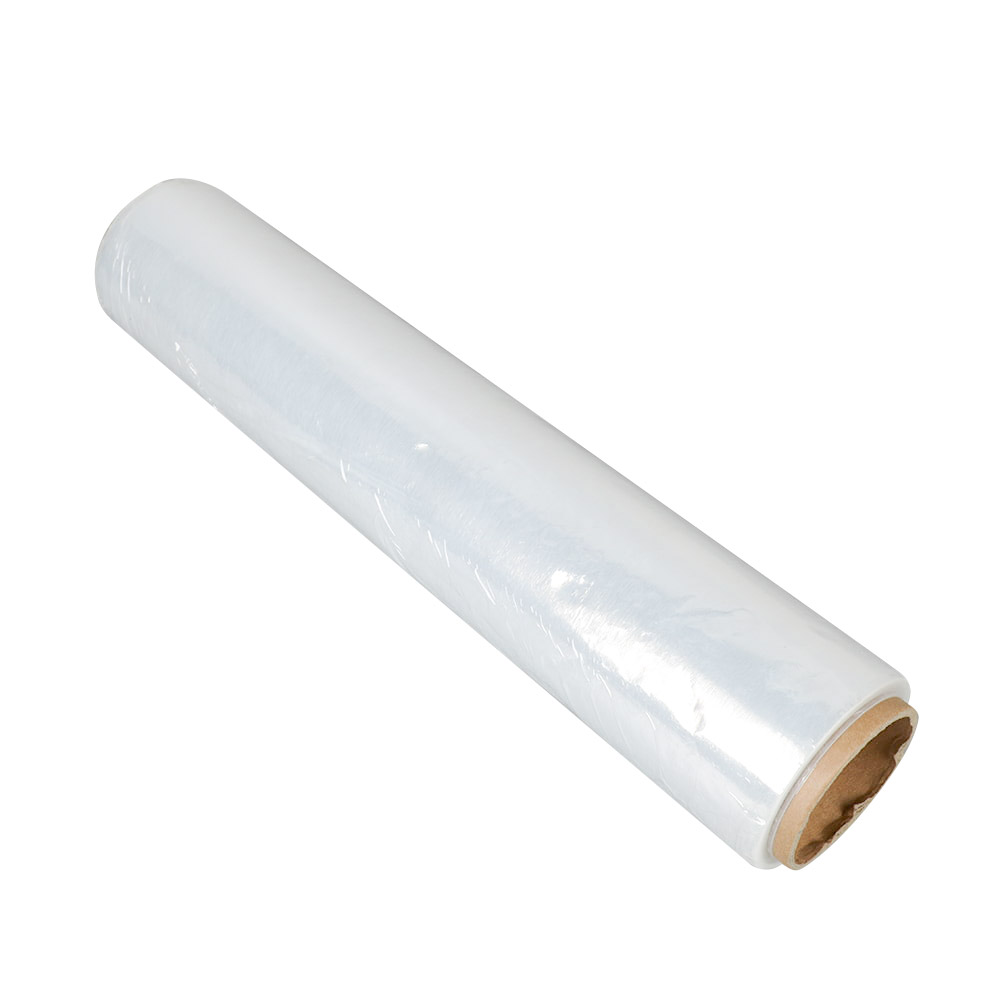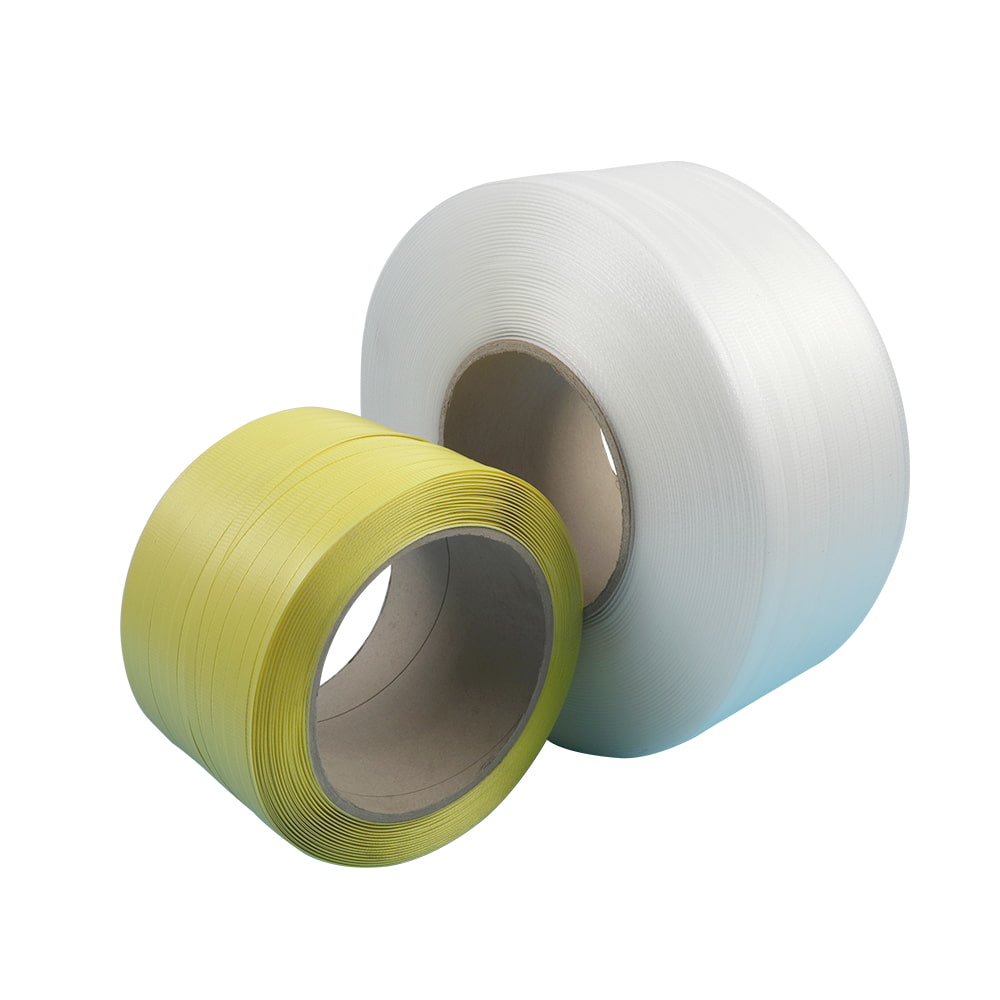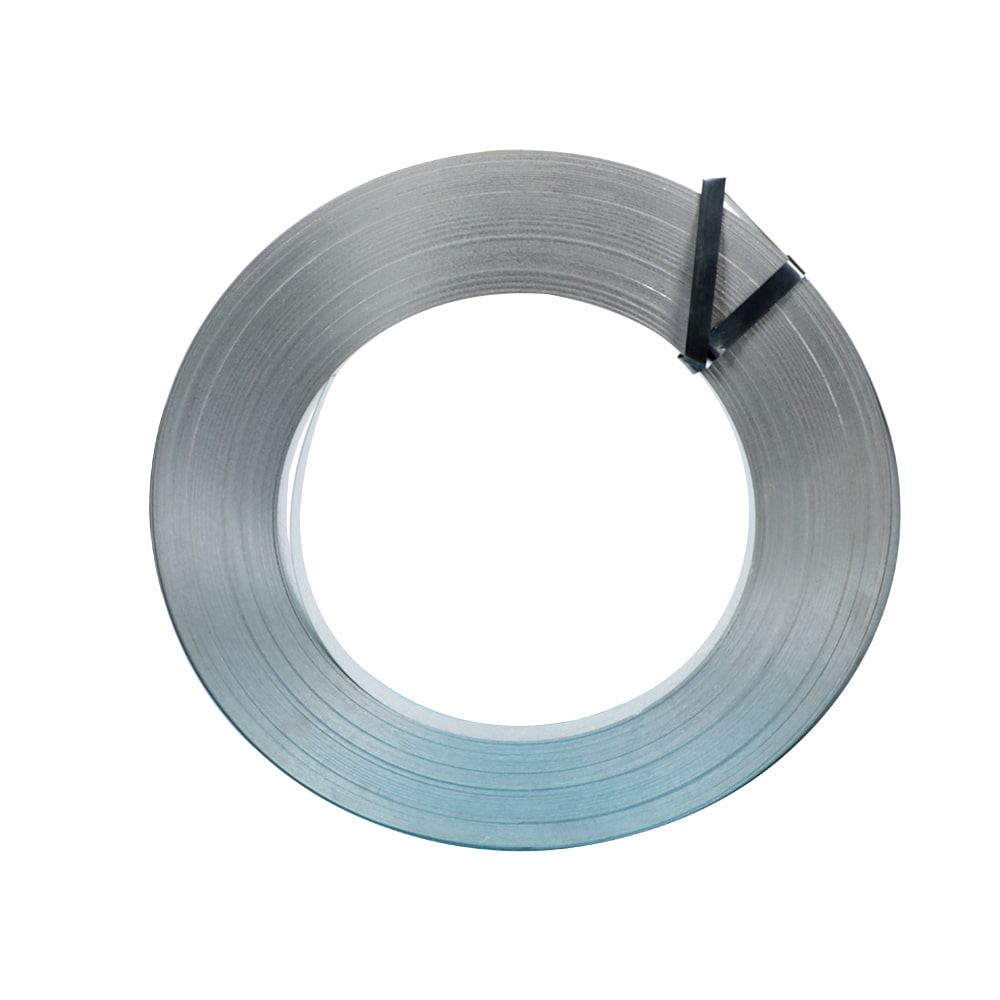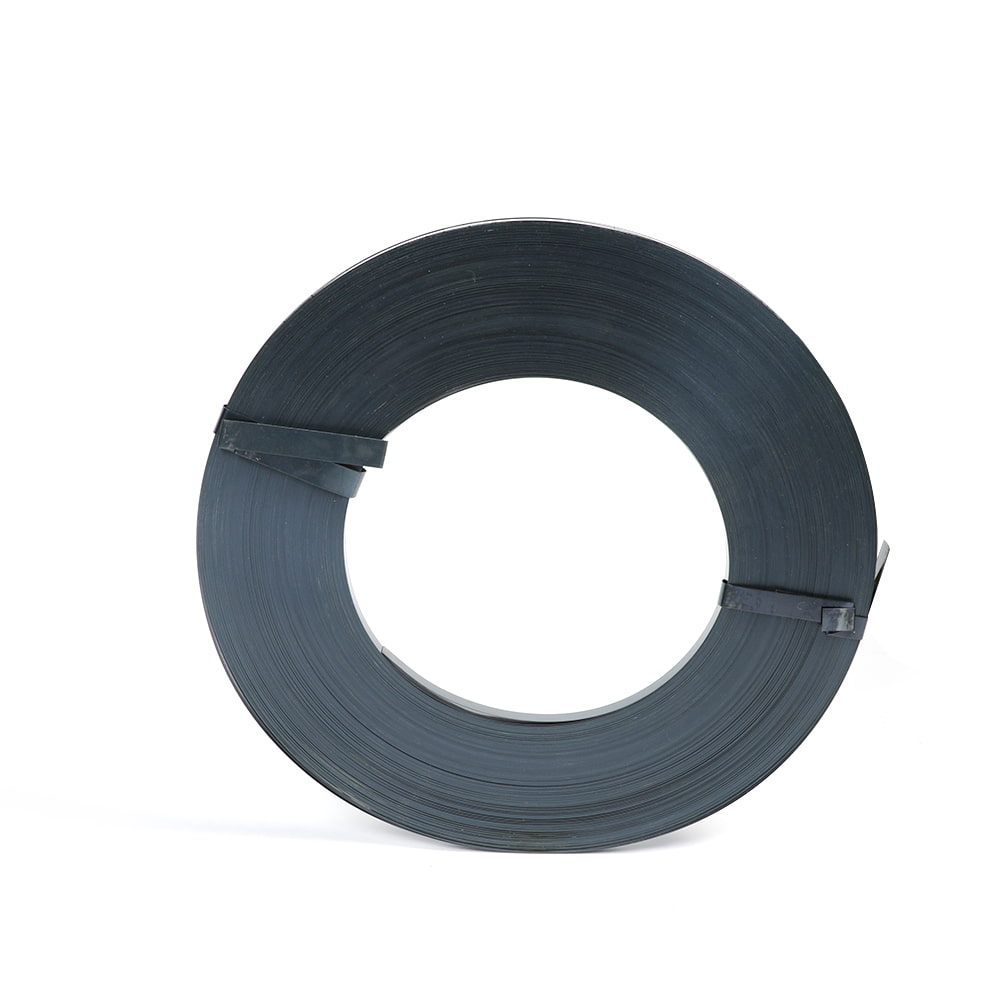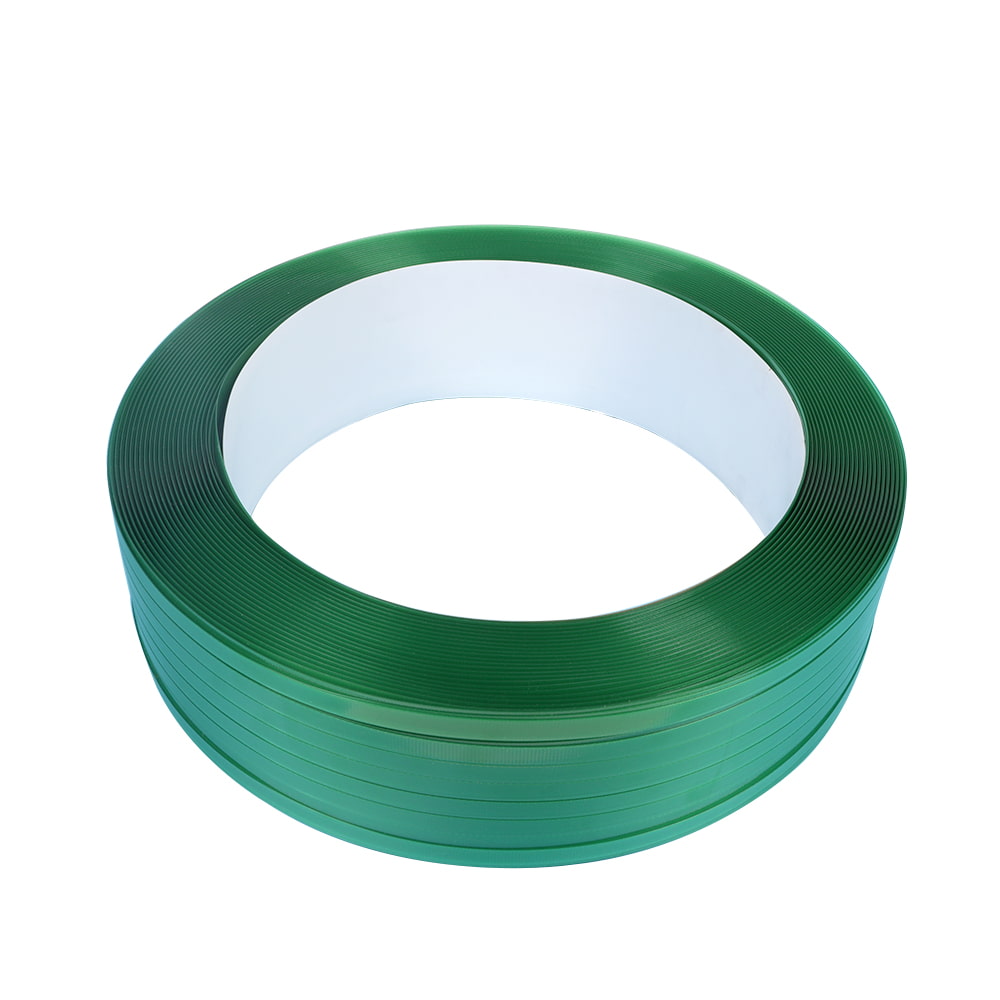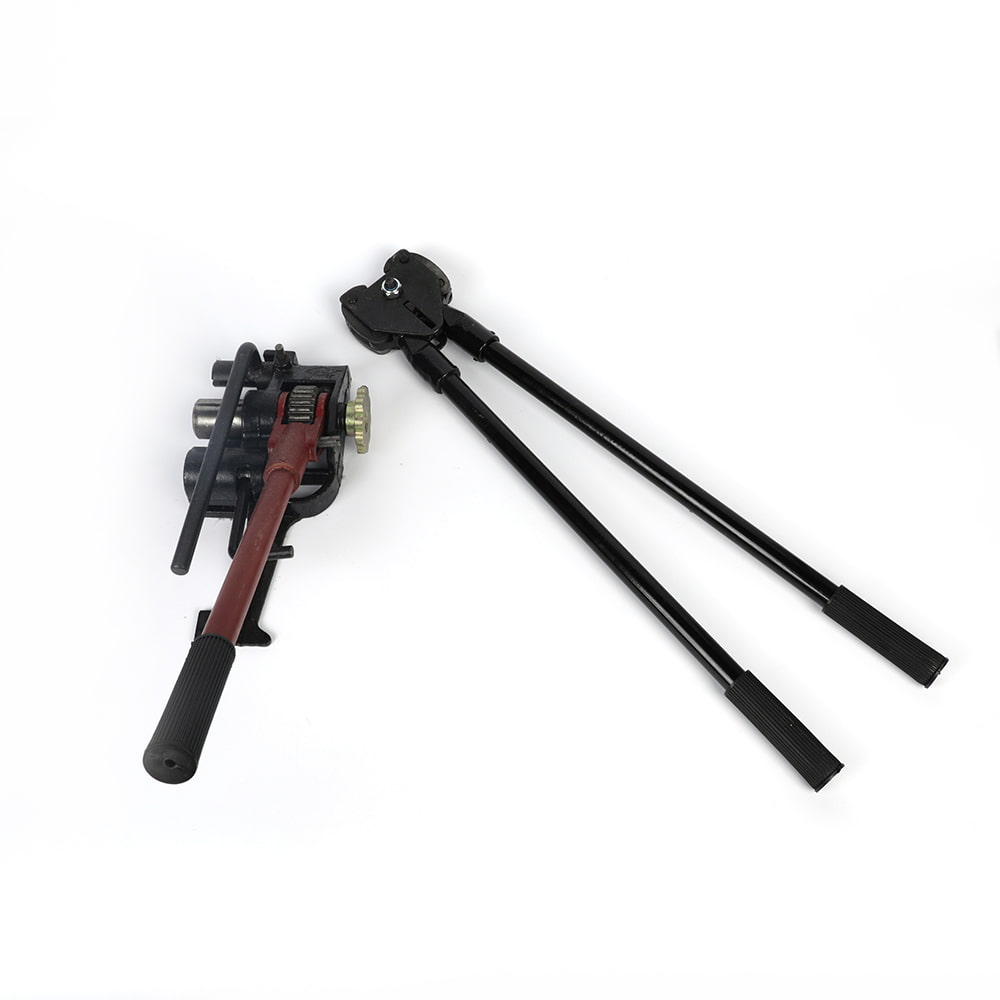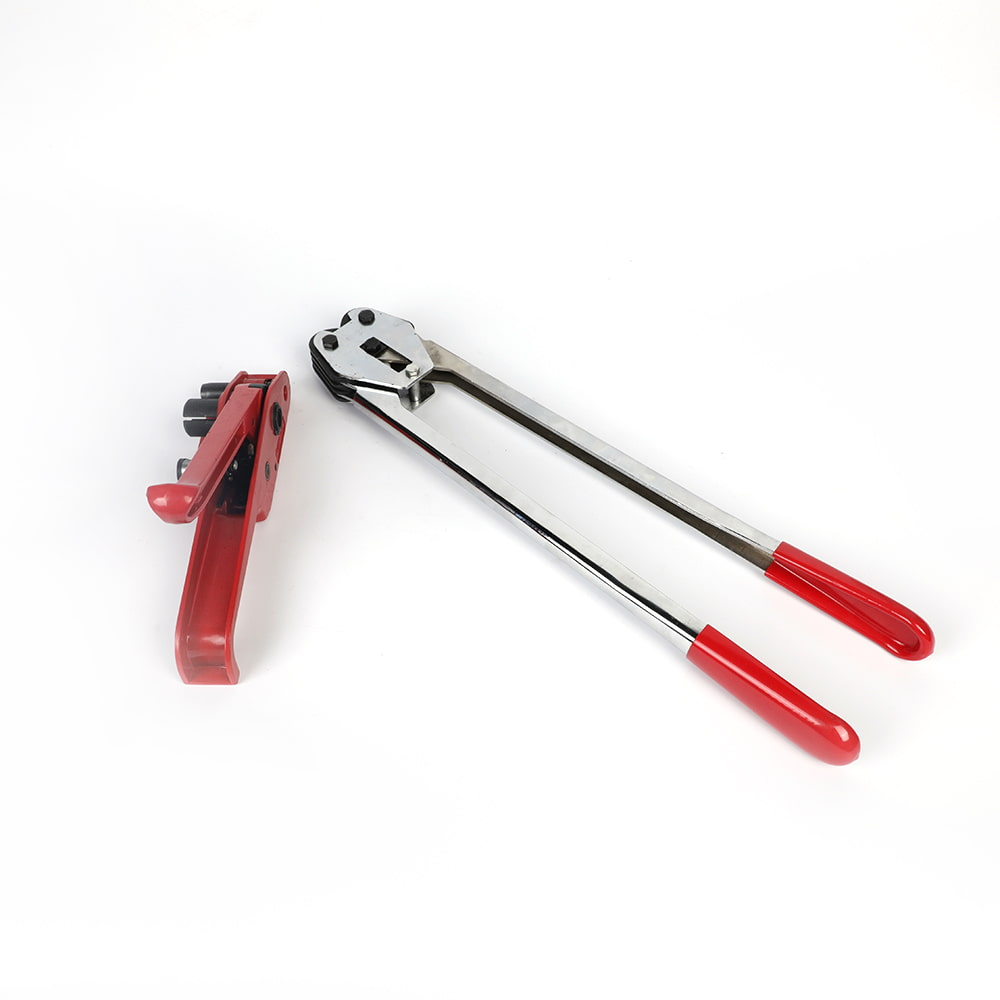How long does stretch film packaging effectively protect against dust and moisture?
Stretch film, a highly elastic plastic film commonly made from linear low-density polyethylene (LLDPE), is widely used in unitizing, pallet wrapping, and securing goods for storage and transportation. A critical question for logistics, warehouse managers, and supply chain professionals is determining the effective lifespan of stretch film protection against environmental factors like dust and moisture.
The duration of effective protection is not a single fixed value but is dependent on several key variables, including the film’s quality, thickness, the number of layers applied, and the storage conditions.
Key Factors Influencing Protective Longevity
-
Film Grade and Material Composition: Premium-grade stretch films, often incorporating specialized additives, offer superior resistance to ultraviolet (UV) light and provide a more robust barrier. Standard-grade films may become brittle and develop micro-tears when exposed to direct sunlight or extreme temperature fluctuations over time, compromising their integrity.
-
Film Gauge (Thickness): Measured in microns or mils, the thickness of the film is a primary determinant of its barrier properties. A heavier gauge film (e.g., 20-25 microns) will inherently provide a more substantial physical barrier against dust ingress and moisture vapor transmission than a lighter gauge film (e.g., 15-17 microns). For long-term outdoor or high-humidity storage, a higher gauge is recommended.
-
Application Technique and Number of Layers: The method of application significantly impacts performance. Machine-applied film typically achieves consistent, high-tension wraps with uniform layers, creating a tighter seal. The number of layers applied is crucial; a greater number of overlapping layers enhances the overall barrier strength and redundancy, ensuring that even if one layer is compromised, others continue to provide protection. Complete coverage of the load, including the top and bottom edges, is essential to prevent exposure points.
-
Environmental Conditions: This is perhaps the most significant external factor.
-
Indoor Storage: In a controlled warehouse environment protected from direct sunlight, precipitation, and significant temperature swings, a properly applied stretch film wrap can remain effective for many months, often exceeding a year, effectively guarding against dust and ambient moisture.
-
Outdoor Storage: Exposure to the elements drastically reduces effective protection. Ultraviolet radiation from sunlight will degrade the polymer chains in the film, leading to loss of elasticity, brittleness, and eventual failure. The duration of effectiveness outdoors can range from a few months to a year, heavily dependent on the film’s UV resistance and local climate conditions (e.g., high sun exposure, rain, wind).
-
General Guidelines for Expected Duration
-
Short-Term (Under 3 Months): For indoor storage or very short-term outdoor placement, most standard stretch films, when applied with an adequate number of layers, will provide sufficient dust and moisture protection.
-
Medium-Term (3 to 12 Months): For indoor storage spanning several seasons, a high-quality, medium-to-heavy gauge film is advised. For any outdoor storage within this timeframe, a specifically engineered UV-resistant stretch film is mandatory to prevent premature degradation.
-
Long-Term (Over 12 Months): For prolonged outdoor storage, stretch film should be considered a primary but not necessarily permanent barrier. Its condition must be monitored regularly. For maximum security, especially for moisture-sensitive goods, additional protective measures (e.g., pallet covers, desiccants) used in conjunction with stretch film are strongly recommended.
Stretch film is an effective and efficient solution for protecting goods from dust and moisture. Its protective lifespan is a direct function of the product’s quality, the application method, and the severity of the storage environment. There is no universal expiration date; instead, a strategic approach involving the selection of the appropriate film grade and gauge for the anticipated storage duration and conditions is required. Regular inspection of wrapped loads, particularly those in outdoor or harsh environments, is a necessary best practice to ensure ongoing integrity and protection.

 EN
EN 
 English
English 中文简体
中文简体

